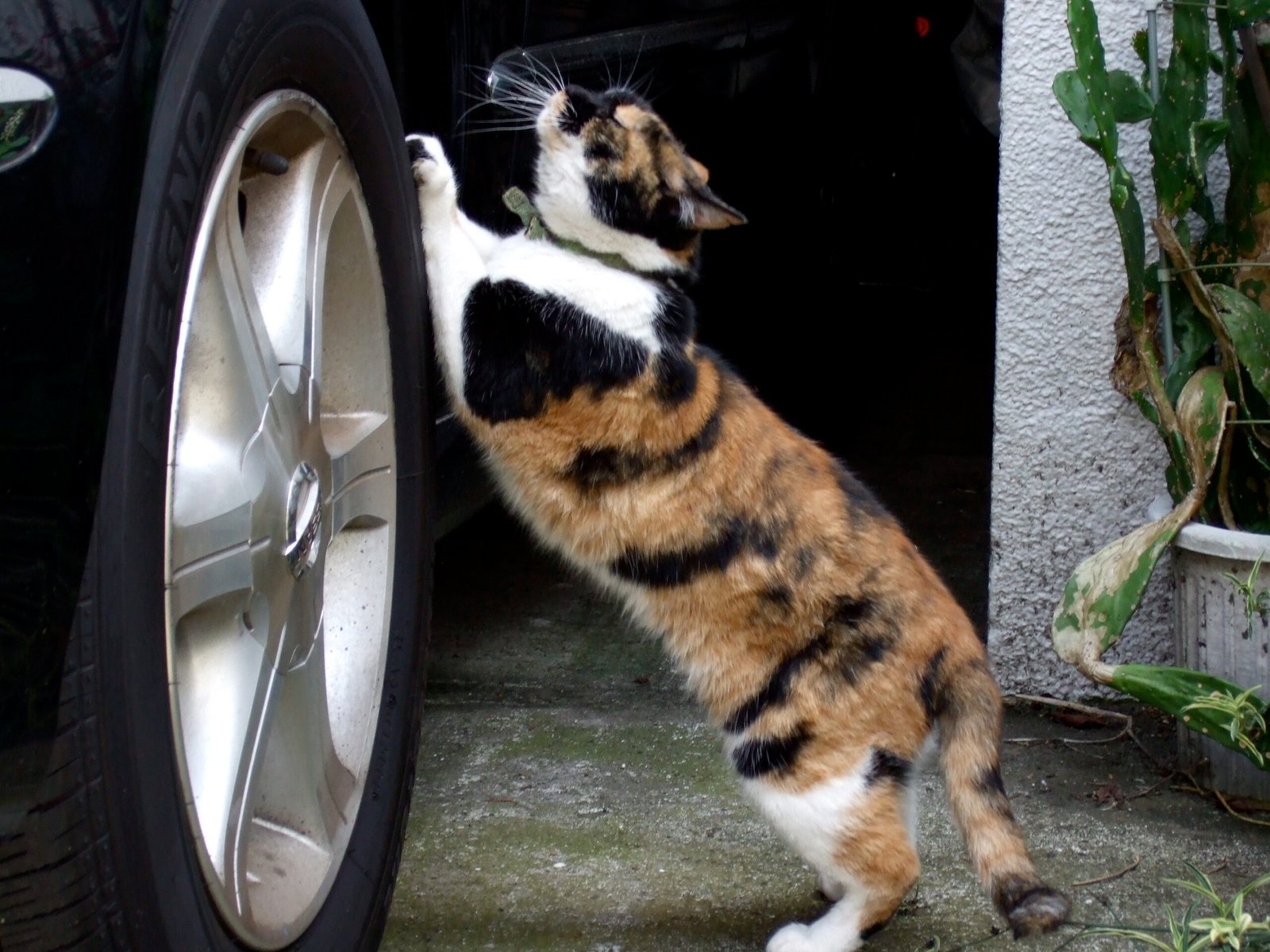Cats are mysterious creatures, and anyone who has lived with one knows they possess a unique set of behaviors that can be both baffling and endearing. While many of these actions might seem random to the casual observer, they often serve a deeper purpose. Cats, much like humans, have their own ways of handling stress and emotions. In this article, we’ll explore ten intriguing behaviors that cats exhibit as emotional coping mechanisms.
Purring: The Soothing Sound
Purring is one of the most recognizable sounds associated with cats. While it’s commonly associated with contentment, purring can also be a self-soothing mechanism. Cats may purr when they’re in pain or feeling anxious, as the vibration can have a calming effect. Imagine it as a cat’s version of deep breathing exercises. This simple act can help them manage their emotions and find a sense of peace amidst chaos. It’s fascinating to think that a sound we often associate with joy can also be a tool for personal comfort.
Kneading: The Comforting Massage

Kneading, often referred to as “making biscuits,” is another behavior that has emotional roots. This action is typically a throwback to kittenhood when they kneaded their mother’s belly to stimulate milk flow. As adult cats, kneading can serve as a comforting ritual that helps them feel secure. It’s akin to a person wrapping themselves in a warm blanket. The rhythmic motion can be incredibly soothing, and it often indicates that a cat is trying to find a sense of calmness and familiarity.
Hiding: The Safe Haven

When life gets overwhelming, many cats retreat to their favorite hiding spots. This behavior is more than just a game of hide-and-seek. For a cat, finding a quiet, enclosed space is a way to escape stressors and recharge. Think of it as their personal sanctuary where they can process their emotions without interruption. It’s similar to how humans might seek solitude in a cozy nook when they need to clear their minds. This retreat allows them to regain their composure in a world that can sometimes feel too big.
Grooming: The Stress Reliever
Cats are known for their meticulous grooming habits. Beyond maintaining hygiene, grooming is a powerful emotional coping mechanism. When cats feel anxious or stressed, they may engage in excessive grooming as a way to soothe themselves. The repetitive action can be calming, much like how humans might find comfort in repetitive tasks. It provides a sense of control and normalcy, especially in situations that feel unpredictable. Grooming is their way of taking charge of their environment and emotions.
Chattering: The Vocal Vent
You might have noticed your cat chattering when they spot a bird or squirrel outside the window. This peculiar vocalization is more than just excitement; it’s a way for cats to express their frustration. Unable to reach their prey, they use chattering as an outlet for pent-up energy and emotional tension. It’s similar to how humans might vent their frustrations verbally. This behavior allows cats to release some of their hunting instincts without acting on them, providing a mental release.
Scratching: The Emotional Release

Scratching is more than just a way for cats to keep their claws sharp. It serves as an emotional release, helping them manage stress and anxiety. When cats scratch, they’re not only marking their territory but also releasing built-up tension. It’s comparable to humans hitting a punching bag to relieve stress. The physical exertion involved in scratching can be incredibly satisfying for cats, allowing them to channel their emotions in a healthy and constructive manner.
Slow Blinking: The Trust Signal
Have you ever caught your cat giving you a slow blink? This behavior is a strong indicator of trust and relaxation. Slow blinking is a cat’s way of signaling that they feel safe and comfortable in their surroundings. It’s akin to a human offering a warm smile or a gentle nod. When cats slow blink, they’re letting their guard down and communicating a sense of contentment. Engaging in this behavior can help them feel more connected to their environment and the people around them.
Playing: The Joyful Escape
Playtime is not just physical exercise for cats; it’s also an emotional outlet. Engaging in play allows cats to release excess energy and emotions in a safe and controlled manner. Whether they’re pouncing on a toy mouse or chasing a feather, play provides a mental escape from stressors. It’s like a mini-vacation for their minds, where they can forget about their worries and immerse themselves in the moment. This joyful activity helps them reset their emotional state and find balance.
Head-Butting: The Affectionate Gesture
Head-butting, or “bunting,” is a behavior that cats use to express affection and bond with their humans. This gesture is more than just a sign of love; it’s also a way for cats to feel emotionally secure. By rubbing their heads against you, they’re marking you with their scent, reinforcing a sense of belonging. It’s similar to how humans might hug a loved one for comfort. This action helps cats strengthen their emotional connections and feel more grounded in their relationships.
Nighttime Zoomies: The Energy Release
The infamous “zoomies” are a burst of energy that many cats experience, often at night. While it might seem like a random outburst, these episodes serve as an emotional release. Cats use zoomies to burn off excess energy and relieve stress that has built up throughout the day. It’s akin to a person going for a brisk walk to clear their mind. This energetic display helps cats reset their emotions and prepare for a restful night’s sleep.
Conclusion
Cats are complex creatures with a rich emotional life. These behaviors, while sometimes puzzling to humans, are vital tools that cats use to navigate their emotional world. By understanding these coping mechanisms, we can better appreciate the depth of our feline friends’ experiences and provide them with the support they need to thrive.
Hi, I’m Bola, a passionate writer and creative strategist with a knack for crafting compelling content that educates, inspires, and connects. Over the years, I’ve honed my skills across various writing fields, including content creation, copywriting, online course development, and video scriptwriting.
When I’m not at my desk, you’ll find me exploring new ideas, reading books, or brainstorming creative ways to solve challenges. I believe that words have the power to transform, and I’m here to help you leverage that power for success.
Thanks for stopping by, Keep coming to this website to checkout new articles form me. You’d always love it!






